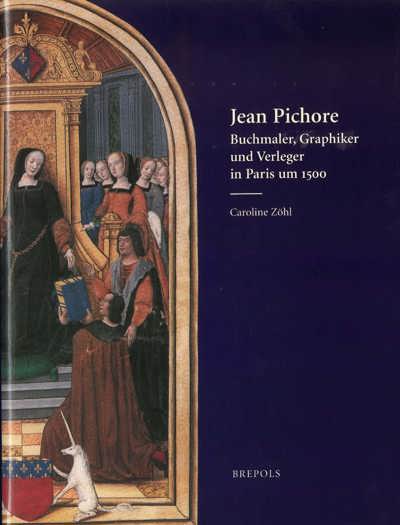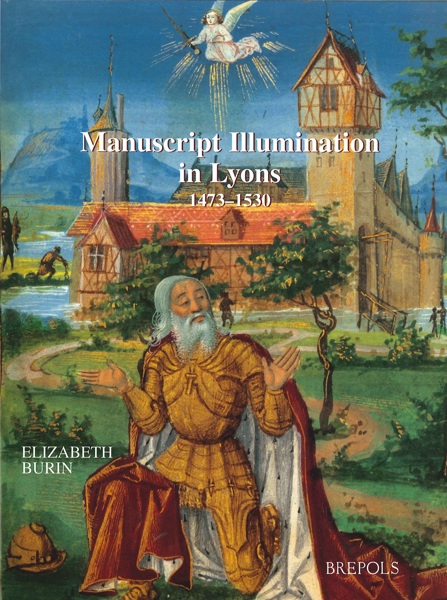
Made in Flanders. The Master of the Ghent Privileges and Manuscript Painting in the Southern Netherlands in the Time of Philip the Good
G. Clark
- Pages: 500 p.
- Size:210 x 297 mm
- Language(s):English
- Publication Year:2000
- € 136,00 EXCL. VAT RETAIL PRICE
- ISBN: 978-2-503-50878-8
- Hardback
- Temporarily Out of Stock
This monograph seeks both to order, analyze, and evaluate the work of the Ghent Privileges Master and to position his achievement in the larger context of the history and arts of the Burgundian Netherlands.
«Il me faut souligner les grands mérites d'une étude qui s'avère, en fin de compte, extrêmement salutaire sur le plan intellectuel puisque'elle suscite autant de questions qu'elle ne propose de réponses.» (D.Vanwijnsberghe dans Revue belge d'Archéologie et d'Histoire de l'Art, vol. LXX - 2001, p. 183-190)
The subject of this monograph is the prolific mid-fifteenth-century Flemish book illuminator whom Friedrich Winkler first identified and named in 1915 after a richly decorated copy of the statutes and privileges of Ghent and Flanders made for Philip the Good, duke of Burgungy (Vienna, Öst. National-bibl., Cod.2583). While no fewer than 15 codices and cuttings have been ascribed to the painter in the 80 years since Winkler's pioneering essay, there has been no published effort to date to order, analyze, and evaluate the work of the Ghent Privileges Master in the larger context of the history and arts of the Burgundian Netherlands. The monograph's essay is divided into five chapters. The first caracterizes the style of the Vienna Privileges itself and then carefully trace its origins and development. Compositional and iconographic sources, innovations, and problems are identified and analyzed in the second chapter; ancillary decoration -especially decorated initials and floral borders- are described and localized and collaborating miniaturists identified in the third. In the fourth chapter the stylistic evidence obtained in the first three chapters is joint together with that provided by texts and provenances in order to date and localize the subject books and leaves. The final chapter positions those codices and cuttings in the larger context of Flemish illumination in the time of Philip the Good. Following the essay are 334 figures and 141 comparative illustrations and a catalogue raisonné of 30 books and 24 leaves in the Privileges style. A decisive majority of the figures and illustrations have never before been reproduced in the scholarly literature; the physical characteristics, texts, miniatures, provenance, and bibliography of each codex and cutting are described in full detail in the catalogue. Following the latter are appendices that provide the readings and textual authorities for the Hours of the Virgin.




